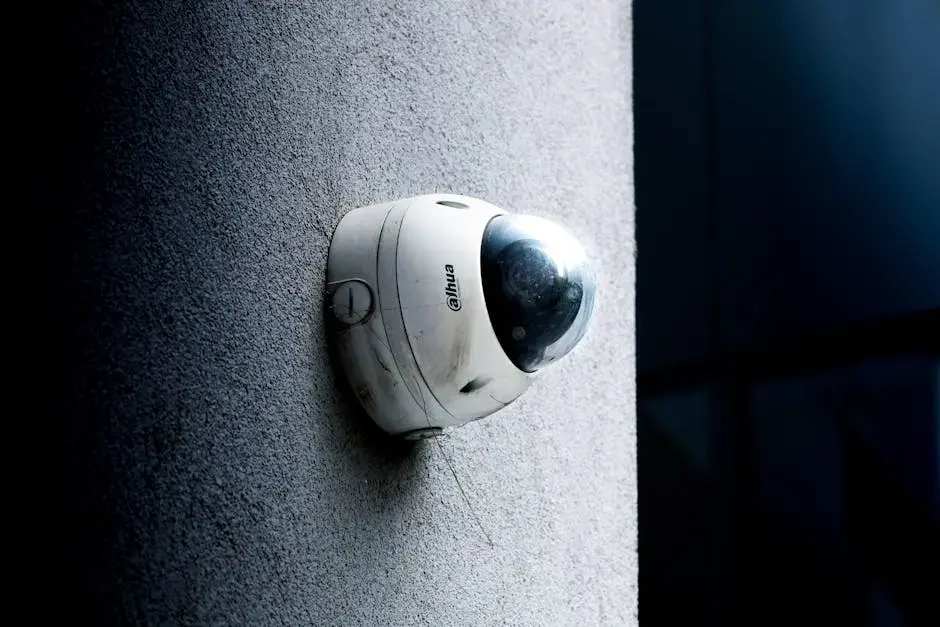Why Is Risk Assessment Important in Comprehensive Security?
- Kfir Goldin
- Jan 26
- 3 min read
In today's world, threats to safety and security are ever-evolving. Understanding and mitigating these risks is essential for any organization. Risk assessment is a foundational component of comprehensive security, helping organizations identify vulnerabilities and put in place effective countermeasures. Let's delve into why it's crucial.

Understanding Risk Assessment
Risk assessment involves identifying, analyzing, and evaluating risks that may pose a threat to an organization’s operations or assets. It's the starting point for building a security framework.
This process is not just about pointing out problems but understanding their implications. Each risk carries a story, from potential data breaches to natural disasters, making it essential for thorough analysis.
When organizations grasp the concept of risk assessment, they open a door to informed decision-making. This aids in aligning security strategies with overall business goals, creating a seamless integration of safety and productivity.
Identifying Vulnerabilities
One of the key elements of risk assessment is pinpointing vulnerabilities within your organization. This process allows you to understand where you may be exposed to risks.
By scrutinizing internal policies, technology, and even employee behavior, organizations can reveal hidden weaknesses. For instance, outdated software can be a significant vulnerability, leaving sensitive data unprotected.
Furthermore, engaging in regular vulnerability assessments can help to catch issues before they escalate into major concerns. This proactive approach not only safeguards assets but also instills confidence among stakeholders.
In essence, identifying vulnerabilities is about being realistic. You must recognize that nothing is completely immune to threats. Awareness leads to preparedness, and that's the cornerstone of resilience.
Implementing Effective Controls
Risk assessment helps organizations to establish control measures that directly address identified risks, ensuring a proactive security posture.
Implementing effective controls varies from technical solutions, like firewalls, to administrative measures such as developing robust data handling policies. These tailored strategies elevate the organization’s defenses.
Moreover, the implementation of controls requires a commitment from all levels of the organization. Collaboration between teams ensures that every member is aware of their role in maintaining security.
Ultimately, effective controls create a layered defense, making it difficult for threats to penetrate. This strategic approach not only safeguards against risks but also provides peace of mind to employees and customers alike.
Continuously Monitoring and Improving Security
Risk assessment is not a one-time task. It's essential to continuously monitor and reassess risks, allowing organizations to adapt to new threats as they arise.
This ongoing process entails regularly updating risk matrices and staying informed about emerging risks. Whether it’s changing technology or evolving criminal methodologies, awareness is key.
Additionally, feedback loops should be incorporated. After incidents occur, analyzing what went wrong not only improves future assessments but also reinforces a learning culture within the organization.
In a rapidly changing security landscape, the adaptability afforded by continuous monitoring is invaluable. It ensures that organizations remain resilient and ready, no matter what challenges arise.
Training and Awareness
Educating employees about the importance of risk assessment fosters a culture of security. Awareness can significantly reduce the likelihood of security breaches.
Training programs that highlight real-world scenarios make the subject matter relatable and impactful. When employees understand the risks, they become active participants in safeguarding the organization.
Moreover, awareness campaigns need to be ongoing. Regular refreshers and updates ensure that everyone remains vigilant and informed about the latest threats and preventive measures.
A strong security culture is one where every individual takes ownership of their part in risk management. This collective responsibility transforms an organization's defense from reactive to proactive.
Wrapping Up the Importance of Risk Assessment
In conclusion, a thorough risk assessment is not just a good practice; it's a vital strategy for ensuring comprehensive security. By identifying potential threats, organizations can take appropriate action to safeguard their assets and people. Remember, the first step to safety is understanding the risks.




Comments